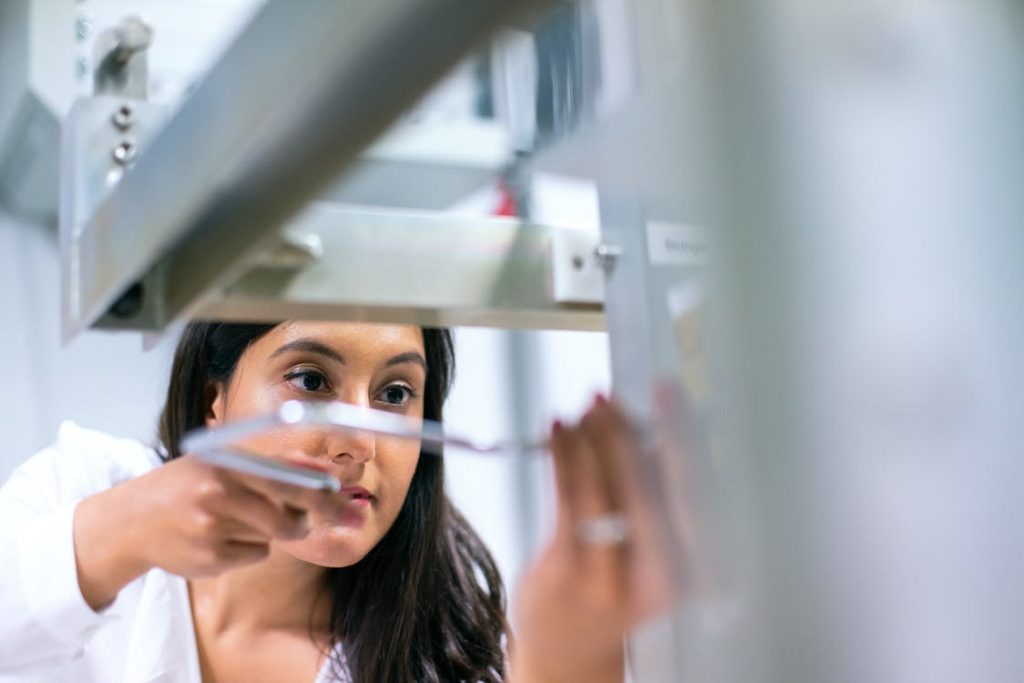New Process Offers Innovative Encapsulation Techniques for Medical Devices.
As its name suggests, low pressure injection molding is a process that uses low pressure to inject molten plastic into a mold to create manufacturing parts. This type of injection molding is often used for applications that require extremely delicate or intricate parts, as the low pressure helps to prevent damage to the mold, or the parts being produced. In addition to creating higher-quality parts, low pressure injection molding also has a shorter cycle time than other injection processes, making it ideal for applications where speed and efficiency is a required.
Medical Device Manufacturers Seeking a Reliable Method of Medical Component Encapsulation for Protection of Sensitive Equipment.
Injection molded encapsulation is a process in which a material is injected into a mold to create a three-dimensional shape. The material is then cooled and ejected from the mold.
When it comes to the medical device industry, product safety is paramount. One way to ensure the safety of a device is to encapsulate it. This process can help prevent the device from being tampered with or damaged and helps repel contaminants that could potentially cause harm.
There are several reasons why medical device manufacturers encapsulate products. One reason is to protect the device from physical damage. This can be important for devices that are delicate or contain sensitive components. Encapsulation is also used to prevent the device from being tampered with. This is particularly important for implantable devices or devices that are used in life-saving applications.
Another reason for encapsulating a medical device is to keep out contaminants. This can be essential for devices that come into contact with tissue or bodily fluids. By encapsulating the device, manufacturers can help ensure that it remains sterile and free of contaminants that could cause a patient harm.
Encapsulation can also help to improve the stability of a device. This is important for devices that are exposed to extreme conditions, such as high temperatures or corrosive chemicals. By encapsulating the device, manufacturers can protect it from these conditions and prolong its lifespan.
Key Advantages of Low Pressure Molding (LPM).
1. Low pressure molding is ideal for delicate or intricate parts that could be damaged by other injection molding processes.
2. Low pressure molding has a shorter cycle time than other injection molding processes, making it ideal for applications where speed is a factor.
3. Low pressure molding is a more environmentally friendly process than other injection molding processes that use higher pressure, as it uses less energy and creates less waste.
4. Low pressure molding is a highly versatile process that can be used to produce a wide variety of high-end parts and components quickly and efficiently.
In the healthcare industry, diagnostics equipment and patient sensing in real time require new electronic technology like wearable devices that are used in and outside of controlled medical environments. Low Pressure Molding can address all these trends and improve on the outdated processes currently in use for medical component encapsulation.
The injection molding industry has stayed virtually the same for the past 150 years. Parts are designed by engineers, expensive and intricate molds are created, and plastic or celluloid material pressed into the mold with high pressure. Today, low pressure molding is disrupting the parts manufacturing industry, replacing outdated and clumsy processes with new technology, enabling engineers to design smaller more intricate parts and produce them in quicker, cleaner, and more efficient manner.
